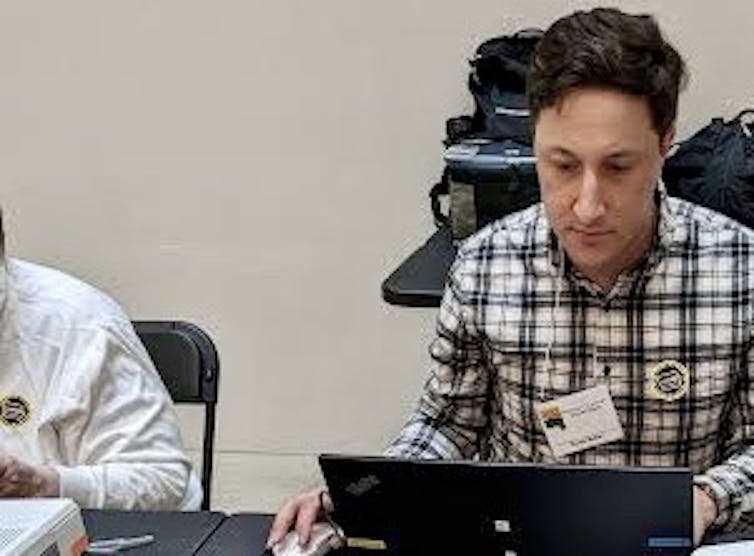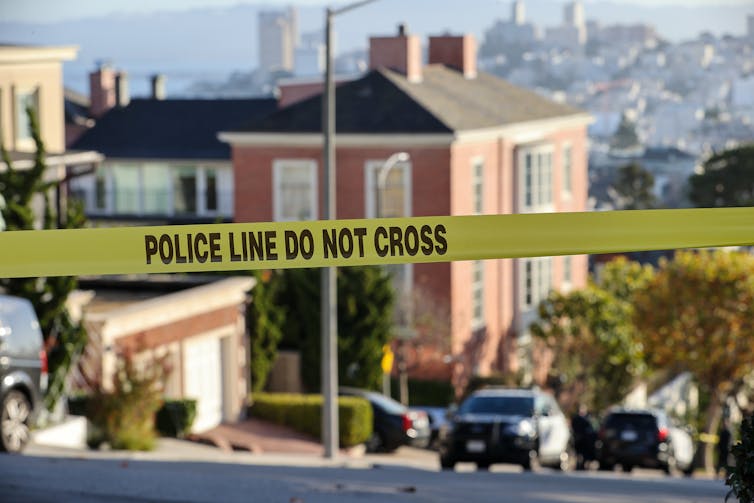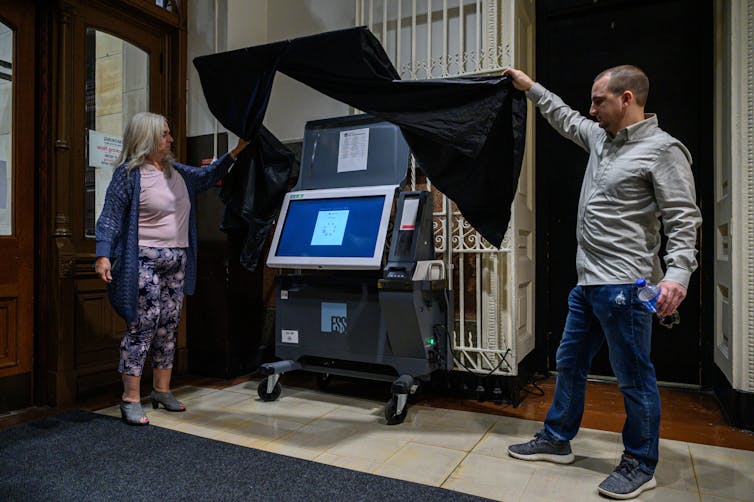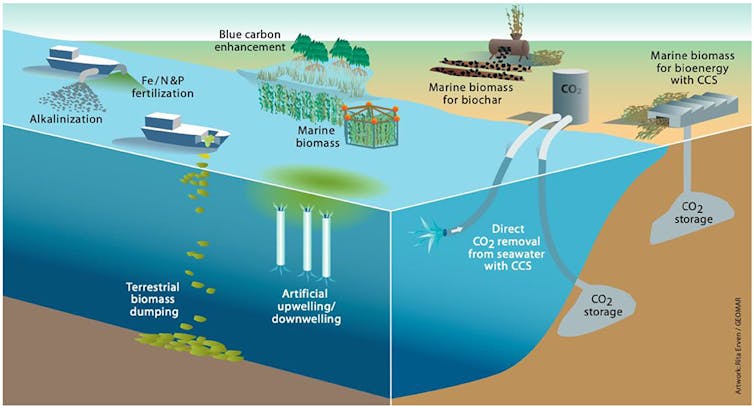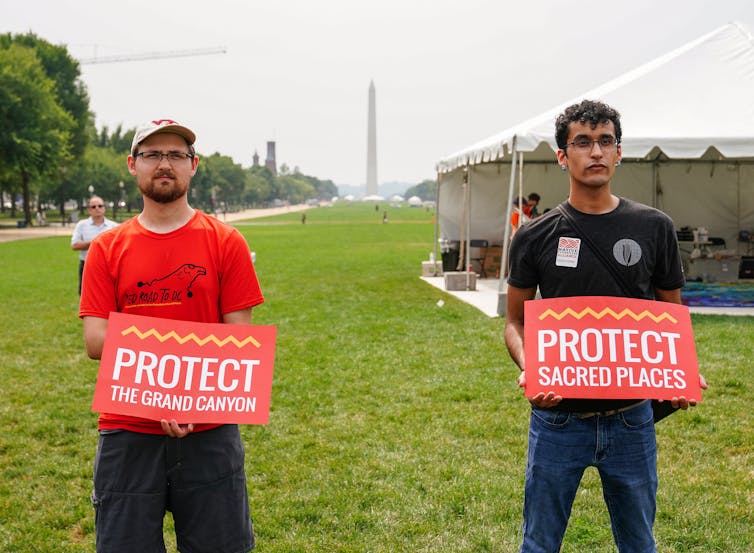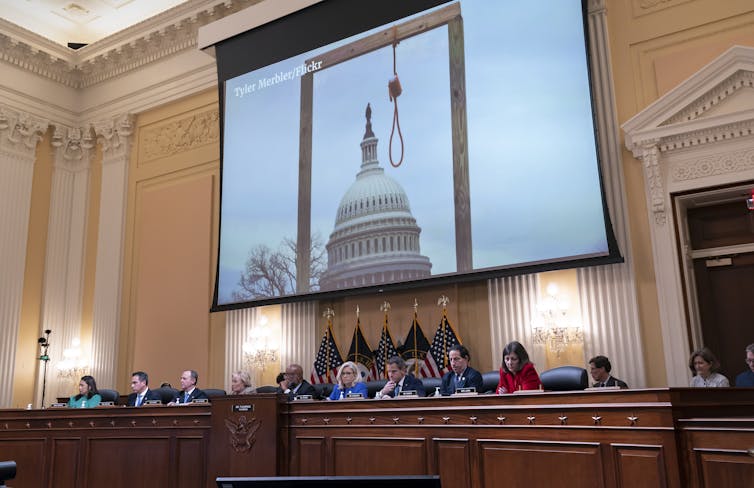
Experts in autocracies have pointed out that it is, unfortunately, easy to slip into normalizing the tyrant, hence it is important to hang on to outrage. These incidents which seem to call for the efforts of the Greek Furies (Erinyes) to come and deal with them will, I hope, help with that. As a reminder, though no one really knows how many there were supposed to be, the three names we have are Alecto, Megaera, and Tisiphone. These roughly translate as “unceasing,” “grudging,” and “vengeful destruction.”
In the light of the Q-Club massacre, and since Colorado does have a red flag law (which appears to have been violated), I thought it was time for this article. I’ll just highlight (using color, bold, and italic, since I don’t have an actual “highlight” tool) a couple of parts which I think deserve particular attention, and, at the end, I’ll make my case to the Furies.
==============================================================
Red flag laws and the Colorado LGBTQ club shooting – questions over whether state’s protection order could have prevented tragedy

RJ Sangosti/MediaNews Group/The Denver Post via Getty Images
Alex McCourt, Johns Hopkins University
The killing of five patrons in a Colorado LGBTQ bar on Nov. 19, 2022, is the latest mass shooting to garner headlines in the U.S.
Police have said they have yet to determine a motive. But one thing that has emerged is that the suspect had a history of violent plans, having allegedly threatened to attack his mother with a homemade bomb more than a year before the attack at Club Q.
It has led to questions over why that earlier alleged incident did not trigger Colorado’s “red flag” law – something that may have prevented him from acquiring the AR-15-style semi-automatic weapon that police say was used in the Club Q attack. The Conversation asked Alex McCourt, an expert on gun laws at Johns Hopkins University, to explain how red flag laws are supposed to work – and why they weren’t triggered in this case.
What are red flag laws?
Red flag laws – also know as extreme risk protection orders – allow for judges to make a ruling that results in firearms being taken away temporarily from a person who is deemed to be at high risk of harming themselves or others. They also prevent that person from purchasing guns for a set period of time.
They are aimed at protecting against the actions of individuals who have made violent threats or may be going through some sort of crisis.
The way they work is that specific people can petition a court to issue an order when someone is deemed to be behaving dangerously or making violent threats.
The categories of individuals who can petition in this way vary from state to state. But all the states that have enacted such laws – 19 plus the District of Columbia – include law enforcement officers among those who can petition the court to have a red flag order imposed.
Household and family members are also commonly listed. And in Maryland, Hawaii and the District of Columbia, health care officials can petition the court should they be concerned over the behavior of a patient. In California, Hawaii and New York, teachers or school administrators are included in the list of people who can petition the court.
Typically, if the court finds there is sufficient evidence of risk of violence, a judge will issues an ex parte – or temporary – order. These cover a very short period until a hearing can take place. At that subsequent hearing the potential subject of the order can provide an argument that they aren’t dangerous.
If the court decides there is indeed a risk, it will deliver a longer-term order. In most cases it covers a period of up to a year. The subject of the gun ban may be able to petition for the order to be ended early, should they be able to prove, for example, that their moment of mental crisis is over or that they have sought sufficient treatment. The petitioner can also ask for the order to be renewed at the end of the year.
Does research show that red flag laws work?
The first thing to note is that the laws are relatively new – most have come in over the past decade. So researchers are still evaluating the data. But studies have shown that they can be effective in preventing mass shooting events and possibly suicides.
Research from 2019 found that, among a group of cases in which guns were removed from individuals who made threats of mass shootings in California, none of the individuals went on to carry out mass shootings. A 2022 study evaluated extreme risk protection orders in six states. It found that all the states being observed were issuing orders on the basis of mass shooting threats – 20% of these cases involved threats toward schools and 15% toward intimate partners or family members.
Though these laws are relatively new, research analyzing the legislation suggests that they may help prevent suicide.
So there is enough evidence to say they can be used to prevent deaths. But these measures are so new, we need to know more about how well they are being implemented by states. So far, research suggests that public awareness of extreme risk protection orders is low and that efforts to educate the public and facilitate filing of petitions might help.
How well are red flag laws implemented across states?
Connecticut and Indiana both had early versions of red flags laws, in place in 1999 and 2006 respectively, but the policy was really developed after the Sandy Hook shooting of 2012. Since that incident – in which 20 children and six adults were killed by a gunman – a further 17 states and Washington, D.C., have added extreme risk protection orders to their statutes. Most have come in since the Parkland school shooting of 2018.
One of the areas in which more research is needed is on implementation of red flag laws. There appears to be wide variation – both state by state, but also within states that have laws in place.
Spotty implementation might be the result of a combination of factors. As they are quite new, there is a knowledge gap – that is, would-be petitioners might not know that a red flag order is an option, or how to go about filing for an order.
But it is also true that there has been a fair amount of pushback from certain counties and sheriffs who have said that they won’t enforce these laws out of Second Amendment concerns. This appears to be the case more in rural areas. But that has not been systemically studied to date.
Any chance of a federal red state law?
There has been some discussion among advocates about trying to pass federal legislation. But to date, the main actions taken at the federal level are to make it easier for individual states to adopt red flag laws. The Biden administration has pushed for their adoption, and the Justice Department has issued model legislation that states can use.
Meanwhile, the Bipartisan Safer Communities Act passed in June 2022 allows for the distribution of funds to states for crisis intervention programs, including the rollout of extreme risk protection orders.
What was in place in Colorado?
Colorado’s red flag law was enacted 2019. It allows for law enforcement and family or household members to file a petition to a court. If it is approved, a court can order that an individual’s guns be removed for up to one year.
A 2021 study of the first year of implementation of Colorado’s law found that in 85% of cases it was law enforcement that initiated proceedings, and in 15% of cases it was household or family members that petitioned.
There has been slower uptake in Colorado than in some other states. But there have been some questions over whether that is over the timing of the law – it was implemented just before COVID-19 pandemic began, so for a large chunk of the first year it has been in operation, people were under stay-at-home orders.
Nonetheless, the study found there were a significant number of sheriffs and counties that said they would not enforce the law. There is no real legal basis for them to do this; it is more of a symbolic or political stance. But it does have implications for red flag laws, as law enforcement officers may not have the training or inclination to pursue red flag orders.
Why was it not triggered in this case?
There hasn’t been an awful lot of detail released on why a red flag order was not imposed on the Colorado shooter. Early reporting suggests that this appears to be a classic example of someone who made a threat, in this case threatening his mother with a homemade bomb – and as such would qualify for an order. But there is reportedly no public record indicating that law enforcement or any family member acted on that threat and petitioned the court.
Experts can only speculate about why this might be the case. But one point of note is that it occurred in a county where the sheriff has expressed opposition to Colorado’s law and has previously said that his officers will not petition for an order except under “exigent circumstances.”![]()
Alex McCourt, Assistant Professor of Health Policy and Management, Johns Hopkins University
This article is republished from The Conversation under a Creative Commons license. Read the original article.
==============================================================
Alecto, Megaera, and Tisiphone, of course our county Sheriff is an elected official – elected by the same people who have been electing Doug Lamebrain Lamborn to Congress for the last sixteen years and just re-elected him again. They are unlikely to vote Sheriff Bill Elder out, or to replace him with anyone who doesn’t have the same character flaw. Yes, the Colorado Oath of Office includes the phrase “I will support the constitution of the United States, the constitution of the state of Colorado, and the laws of the state of Colorado.” And, yes, there is a penalty for breaking that oath (since perjury is presumed.) But I would think charges would have to be brought by the District Attorney (of the Fourth Judicial District, which comprises El Paso and Teller Counties), and, although I cannot find what party he belongs to (I even tried Ballotpedia), I assume he is also a Republican, since it’s essentially the same territory as the Sheriff’s territory. Teller Country isn’t as red as El Paso, but it also doesn’t contain enough people to overrule El Paso’s redness. Maybe you ladies would help me write a letter to the Governor? I don’t know whether there is anything he can do, but I’ve met him, and I’m confident that he will at least be willing to listen.
The Furies and I will be back.








